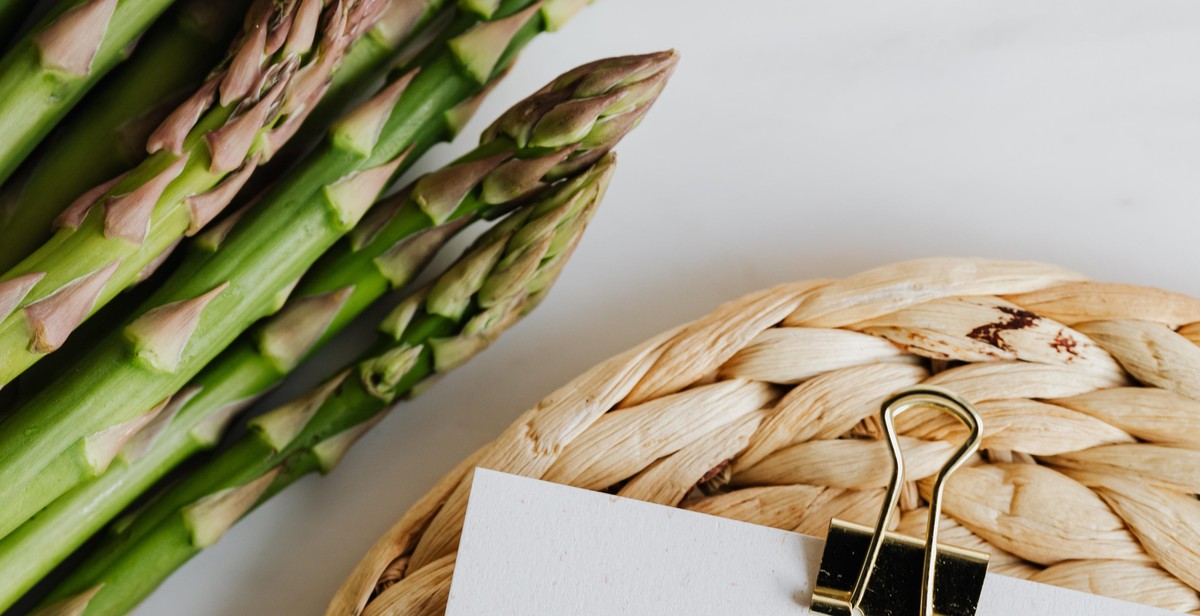Introduction
Brewing beer with specialty grains is a great way to add complexity and depth to your brews. While traditional all-grain brewing involves using base malt as the primary source of fermentable sugars, specialty grains provide additional flavor, aroma, and color to your beer.
Specialty grains are typically added to the mash tun along with the base malt. During the mashing process, the enzymes in the base malt break down the starches in the specialty grains, converting them into fermentable sugars that can be consumed by yeast. This process results in a beer that has a more complex flavor profile than one brewed with base malt alone.
Why Specialty Grains?
Specialty grains come in a wide variety of types, including roasted, caramel, and chocolate malts, as well as flaked oats, wheat, and rye. Each type of specialty grain adds unique characteristics to your beer, such as:
- Aromas of coffee, chocolate, or nuts
- Flavors of caramel, toffee, or fruit
- Colors ranging from pale gold to deep brown or black
- Improved mouthfeel and head retention
By experimenting with different combinations of specialty grains, you can create a beer that is truly unique and tailored to your tastes. In this article, we’ll explore how to brew beer with specialty grains, from selecting the right grains to mashing, sparging, and fermenting your brew.

Types of Specialty Grains
Specialty grains are a great way to add complexity and depth to your beer. They can add color, flavor, and aroma to your brews, and can be used in a variety of styles. Here are some of the most popular types of specialty grains:
Crystal Malt
Crystal malt is a type of malted barley that has been kilned at a high temperature to create a caramelized sugar. This gives it a sweet, toffee-like flavor and a reddish color. Crystal malt is often used in pale ales and IPAs to add sweetness and body to the beer.
Roasted Barley
Roasted barley is a type of malted barley that has been kilned at a high temperature to create a dark, roasted flavor. It is often used in stouts and porters to add a rich, coffee-like flavor and a dark color. Roasted barley can also be used in small amounts in other styles of beer to add complexity and depth.
Chocolate Malt
Chocolate malt is a type of malted barley that has been kilned at a high temperature to create a dark, chocolaty flavor. It is often used in stouts and porters to add a rich, chocolate-like flavor and a dark color. Chocolate malt can also be used in small amounts in other styles of beer to add complexity and depth.
Black Patent Malt
Black patent malt is a type of malted barley that has been kilned at a very high temperature to create a dark, roasted flavor. It is often used in stouts and porters to add a deep, roasted flavor and a black color. Black patent malt can also be used in small amounts in other styles of beer to add complexity and depth.
| Specialty Grain | Flavor | Color | Styles |
|---|---|---|---|
| Crystal Malt | Sweet, toffee-like | Reddish | Pale ales, IPAs |
| Roasted Barley | Dark, roasted, coffee-like | Dark | Stouts, porters |
| Chocolate Malt | Dark, chocolaty | Dark | Stouts, porters |
| Black Patent Malt | Deep, roasted | Black | Stouts, porters |

The Brewing Process with Specialty Grains
Specialty grains are a great way to add complexity and depth to your homebrewed beer. They come in a variety of flavors and colors, and can be used to create everything from a light, crisp lager to a rich, malty stout. Here’s how to incorporate specialty grains into your brewing process:
Mashing Specialty Grains
The first step in using specialty grains is to mash them. This involves mixing the grains with hot water in a process called steeping. The water is typically heated to around 150-160°F, which is hot enough to activate the enzymes in the grains and extract their sugars. The grains are then left to steep for around 30 minutes to an hour, depending on the recipe.
Once the steeping is complete, the grains are removed from the water and discarded. The liquid that remains, called wort, is then boiled with hops and other ingredients to create the beer.
Boiling with Specialty Grains
During the boiling process, specialty grains can be added to the wort to impart their unique flavors and colors. This is typically done in a mesh bag, which keeps the grains contained and makes them easier to remove later on. The grains are added to the wort at the beginning of the boil and left to simmer for around 60 minutes.
Once the boil is complete, the bag of specialty grains is removed and discarded. The wort is then cooled and transferred to a fermenter.
Fermenting with Specialty Grains
When fermenting with specialty grains, it’s important to choose a yeast strain that complements the flavors and characteristics of the grains. Some strains are better suited to certain styles of beer than others, so do your research before selecting a yeast.
The fermentation process typically takes around 1-2 weeks, depending on the recipe and the temperature of the fermentation vessel. Once fermentation is complete, the beer can be bottled or kegged and enjoyed!
Overall, adding specialty grains to your brewing process is a great way to experiment with new flavors and styles of beer. With a little practice, you can create complex and delicious brews that are sure to impress your friends and family.

Recipe Examples
Pale Ale with Crystal Malt
If you’re looking to add some complexity to your pale ale, consider using crystal malt. This specialty grain adds a subtle sweetness and a rich amber color to your brew.
| Ingredients | Amount |
|---|---|
| Pale Malt | 8 lbs |
| Crystal Malt | 1 lb |
| Cascade Hops | 1 oz |
| Citra Hops | 1 oz |
| American Ale Yeast | 1 pack |
Instructions:
- Mix the pale malt and crystal malt in a large pot with 3 gallons of water.
- Heat the mixture to 150-160°F and hold for 30 minutes to steep the grains.
- Remove the grains from the pot and bring the liquid to a boil.
- Add the Cascade hops and boil for 60 minutes.
- Add the Citra hops and boil for an additional 10 minutes.
- Cool the mixture and transfer it to a fermenter.
- Add the American Ale yeast and let it ferment for 7-10 days.
- Bottle or keg your beer and enjoy!
Stout with Roasted Barley and Chocolate Malt
If you’re a fan of dark, rich stouts, consider using roasted barley and chocolate malt in your next brew. These specialty grains add a deep, complex flavor to your beer.
| Ingredients | Amount |
|---|---|
| Pale Malt | 6 lbs |
| Roasted Barley | 1 lb |
| Chocolate Malt | 1 lb |
| Fuggle Hops | 1 oz |
| English Ale Yeast | 1 pack |
Instructions:
- Mix the pale malt, roasted barley, and chocolate malt in a large pot with 3 gallons of water.
- Heat the mixture to 150-160°F and hold for 30 minutes to steep the grains.
- Remove the grains from the pot and bring the liquid to a boil.
- Add the Fuggle hops and boil for 60 minutes.
- Cool the mixture and transfer it to a fermenter.
- Add the English Ale yeast and let it ferment for 7-10 days.
- Bottle or keg your beer and enjoy!
Conclusion: Brew Your Way to Complexity
Brewing beer with specialty grains is an excellent way to add complexity to your brews. Specialty grains provide unique flavors, aromas, and colors that can elevate your beer to the next level. By following the steps outlined in this article, you can create a delicious and complex beer that will impress your friends and family.
Remember to choose the right specialty grains for your recipe, and to use them in the correct amounts. Steeping your grains at the right temperature for the right amount of time is crucial to extract the flavors and aromas you want in your beer. And don’t forget to sparge your grains properly to ensure you get the most out of them.
Once you have brewed your beer, be sure to let it age for the appropriate amount of time. This will allow the flavors to meld together and create a more complex and well-rounded beer.
Overall, brewing beer with specialty grains can be a fun and rewarding experience. It allows you to experiment with different flavors and create unique beers that are truly your own. So, grab your brewing equipment and start experimenting with specialty grains today!
Key Takeaways:
|
